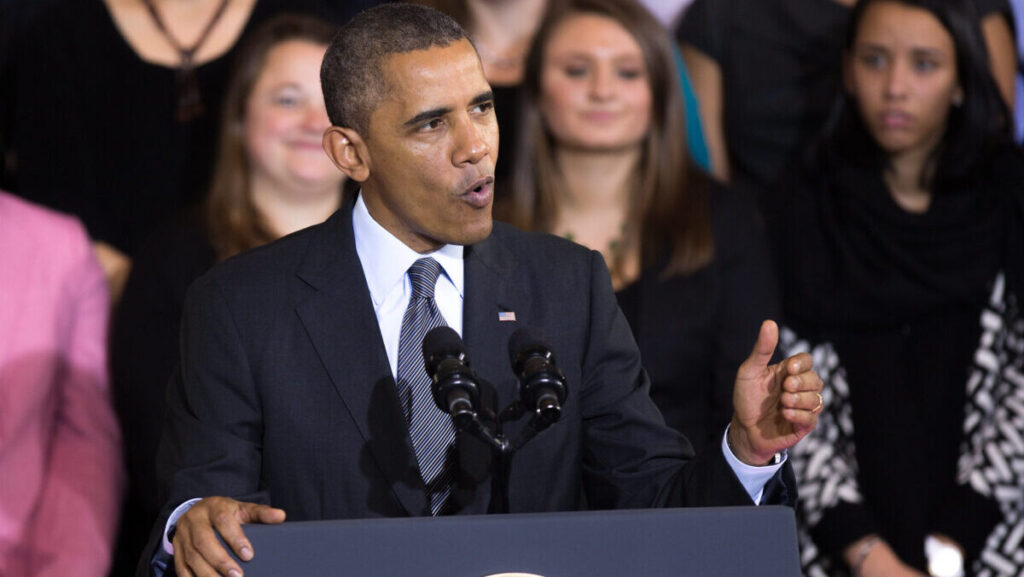Why Trump Pulled Back on Green Energy and Obamacare
Conservatives see Big Green and Big Healthcare as overlapping failures that cost taxpayers and choke economic freedom, and that view drives much of the pushback. The argument is straightforward: policies sold as fixes created new problems and left Americans worse off.
Green energy incentives, critics say, swapped reliable power for expensive experiments and higher utility bills for families. When subsidies and mandates steer markets, innovation gets distorted and taxpayers pick up the tab for politically favored projects that often underdeliver.
Obamacare added mandates, entangled healthcare with more federal rules, and left many dissatisfied with rising premiums and fewer choices. From a Republican perspective, expanding entitlement-style programs without clear market accountability invites inefficiency and limits patient control.
The political result was predictable: voters pushed back, and leaders who promised rollback earned credit for trying to undo those large-scale interventions. Policy reversals weren’t just partisan theater; they aimed to restore markets and reduce dependence on centralized solutions that hadn’t worked as advertised.
On energy, the goal in conservative thinking is clean competition rather than government picking winners and losers. That means removing distorting subsidies and letting consumers and private investors decide which technologies survive based on cost and reliability.
For healthcare, Republicans argue the priority should be lowering costs and increasing choices through markets, tort reform, and portability, rather than expanding mandates that limit options. The idea is to put more power in patients’ hands and more accountability on providers, not on Washington planners.
Trump’s actions are viewed by supporters as corrective: he challenged policies seen as raising prices and shrinking liberty, and he aimed to restore a more market-driven approach. Whether you like his style or not, the strategy was to peel back federal programs that many on the right consider harmful.
That doesn’t mean there aren’t real challenges to solve; conservatives acknowledge infrastructure needs, grid reliability, and making healthcare affordable for those who struggle to pay. The preferred route is reform that emphasizes choice, competition, and fiscal responsibility instead of new permanent federal spending commitments.
Political debate aside, the practical test for policy is simple: did it improve lives without creating greater dependency or waste? From a Republican view, both the green energy push and Obamacare failed that test in several ways, which explains the push to reverse them.
Moving forward, the conservative playbook focuses on restoring incentives for private investment, encouraging technological progress through markets, and trimming regulations that block affordable solutions. That approach aims to conserve taxpayer resources and reorient incentives toward long-term prosperity.



